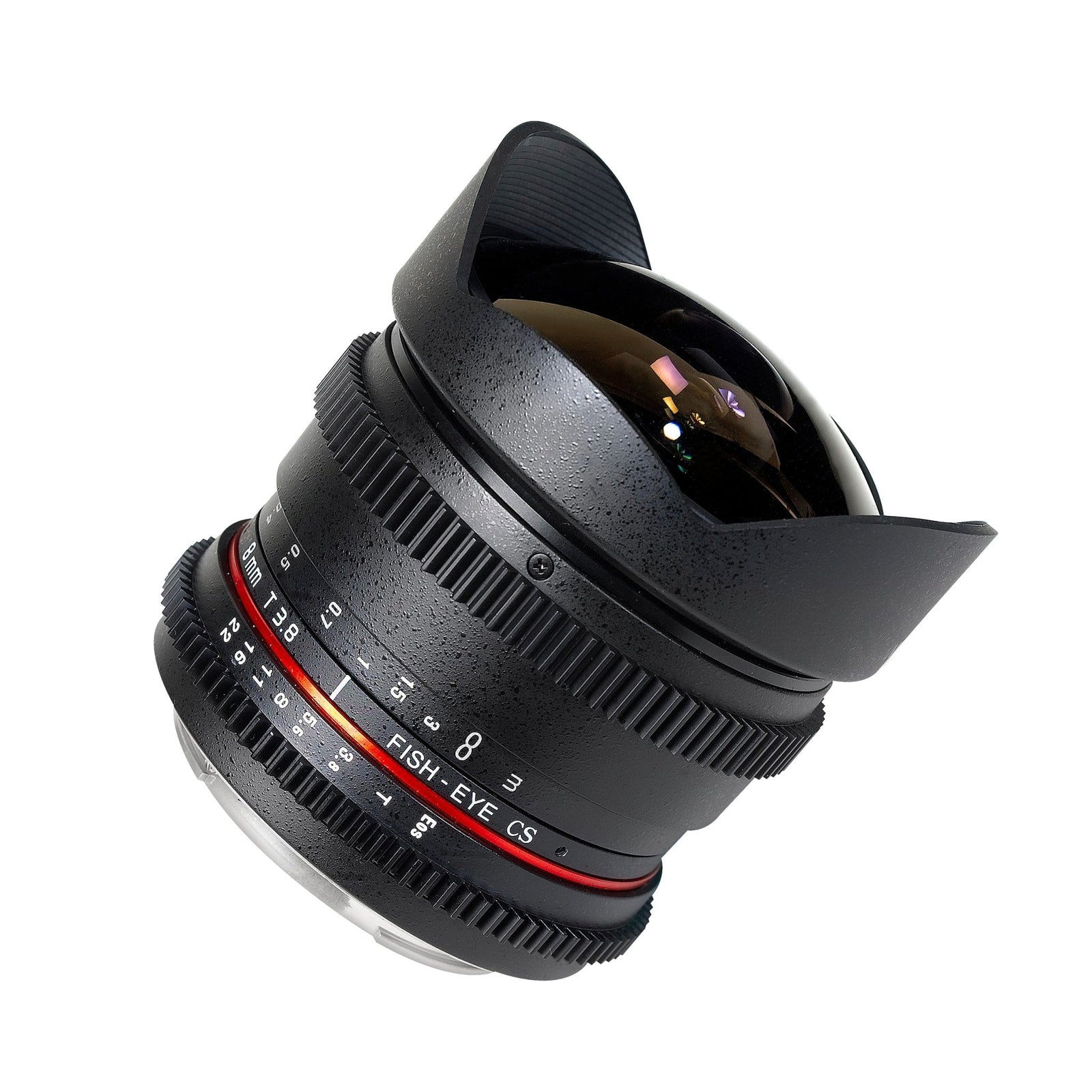A Guide To Fisheye Lenses (and Why They’re Awesome)

Not every photographer takes fisheye lenses seriously, but if you want to expand your craft or get out of a funk, a new lens might be the trick. Many people assume that fisheye lenses have a singular use and miss out on all the techniques and fun shots they can produce with them. If you are trying to figure out whether to add a new EF lens to your collection, this guide to fisheye lenses will help you decide if this piece of equipment is right for you.
What Is a Fisheye Camera Lens?
Ultra-wide angle camera lenses are known as “fisheye” lenses and provide viewers with a 180-degree angle of a scene. The term was given to the lens in 1906 by physicist Robert Wood who believed the view was similar to how fish perceived the world. This evolutionary advantage for survival has morphed into an artform and lens type with many different uses.
Circular vs. Rectangular Fisheye Camera Lenses
Most people think of circular fisheye lenses when they think of fisheye photography. When viewed on a screen, you see the fisheye view with the corners filled in with a blank screen. Lines are not parallel, and the edges are warped. With circular fisheye lenses, the least amount of barrel distortion is in the center of the photo. Rectangular fisheye lenses are full-frame, but the angle is narrower.
When To Use Fisheye Camera Lenses
Distortion
While distortion is not typically preferred in photography, you may find times when you can use it artistically. Use distortion to your advantage to tell a story or attract the viewer’s attention to something in the scene.
Wide-Angle Shots
You can use your fisheye lens to take super wide-angle shots if you learn how to alleviate the distortion. Straighten curved lines by placing the horizon in the middle of the horizon line. You will essentially “de-fish” your fisheye lens, giving you more options for its use.
Play With Lines
Use your fisheye camera lens to take photos of curved objects rather than ones with straight lines that will get distorted. You will develop some unique shots if you work with the curves already present in architecture and nature.
Pro Tip: Experiment with pointing your fisheye camera lens toward the sky! All sorts of unique city skyscrapers, forest trees, and cloud images can come from aiming your lens up.
Bookmark this guide to fisheye lenses for easy reference and shop Rokinon EF mount lenses for all your wide-angle camera needs. We carry full-frame, cine, ultra-wide, super-wide, and many more lenses to help you produce the shots you want.


Leave a comment